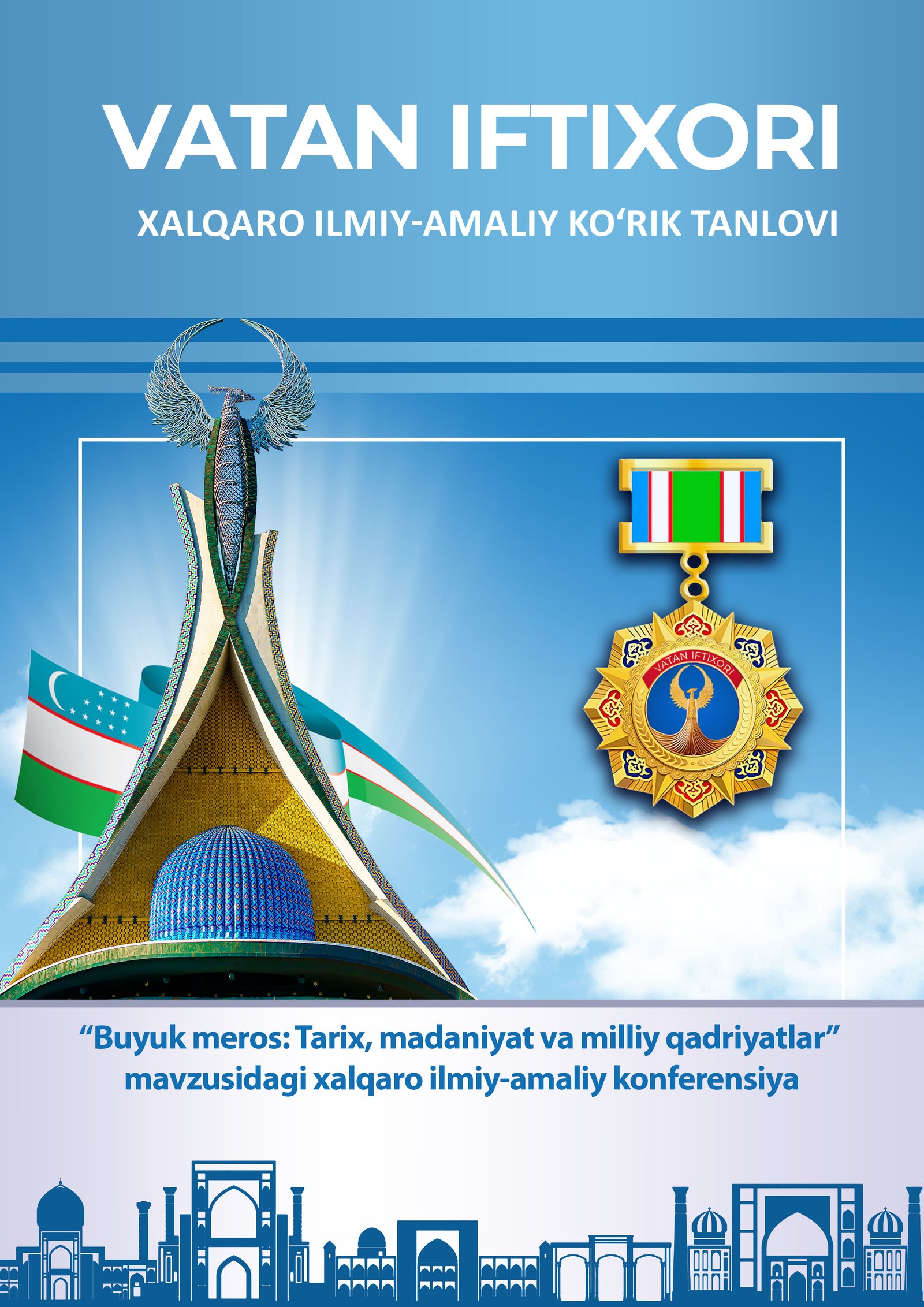INTEGRATION OF ARTIFICIAL INTELLIGENCE AND TRADITIONAL METHODS IN LANGUAGE LEARNING
Keywords:
Artificial intelligence, language learning, traditional methods, integration, communicative competence, language education.Abstract
Language learning has always been a complex process in human history. In recent years, technological progress, especially in the field of artificial intelligence (AI), has introduced new opportunities to this process. At the same time, traditional pedagogical methods are still important. This article examines the effectiveness of the integration of SI and traditional methods in language learning. By comparing different methods, the combined advantages and challenges of these two approaches are analyzed. The results of the study show that integrated education not only strengthens the individual approach, but also improves the students' language competence.
References
1. Brown, H. D. (2007). Principles of Language Learning and Teaching. Pearson Education.
2. Richards, J. C., & Rodgers, T. S. (2014). Approaches and Methods in Language Teaching. Cambridge University Press.
3. Duolingo Research Report (2020). "AI and Language Learning".
4. Oxford, R. (1990). Language Learning Strategies: What Every Teacher Should Know. Heinle & Heinle.
5. Smith, B. (2021). "The Role of Artificial Intelligence in Education". Journal of Applied Linguistics.
6. Google AI Team (2021). "Machine Learning in Language Acquisition".

